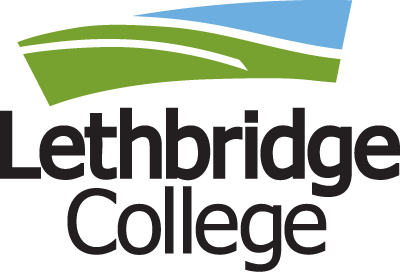Its majesty lies both in its size and its stability. The High Level Bridge is a testament to those who designed and built it, straddling the Oldman River Valley for 100 years as a symbol of Canadian ingenuity and enterprise. Wider Horizons sat down with four Lethbridge College engineering instructors to glean a sense of what was involved in bridging more than 1,600 metres (slightly more than one mile) of land and water using technique and technology now acentury old, and how the feat might be accomplished in 2009.
designed and built it, straddling the Oldman River Valley for 100 years as a symbol of Canadian ingenuity and enterprise. Wider Horizons sat down with four Lethbridge College engineering instructors to glean a sense of what was involved in bridging more than 1,600 metres (slightly more than one mile) of land and water using technique and technology now acentury old, and how the feat might be accomplished in 2009.
Our panel included (at right, clockwise from top left, Doug May, highway and civil engineering; Andrew Bowen, surveying; Warren Salberg, municipal design engineering; and Mark Bohnert, structural engineering. Perhaps it was the pizza we plied them with, but the conversation was anything but dull.
Wider Horizons: Are you impressed with the feat?
Doug May: Built at such a high level with such low-grade technology, it’s amazing there has been so little deterioration in 100 years. The design is second to none.
Mark Bohnert: It was built with good quality materials. My dad was a CPR engineer who had to do inspections by hanging over the side of the bridge. It’s well-built.
WH: How would the design work be done differently in 2009?
Warren Salberg: Today, the project could be modeled out on a computer, built as a straight graphic. A technologist could analyze wind loads, dynamic loads, etcetera.
May: They had to account for the subsurface, flooding, vibrations from trains, these kinds of things. They didn’t have computers back then, so they had to overdesign it three or four times. You’re really pushing limits, for carpenters, iron workers.
Salberg: A location study could be done using GIS (geographic information system) to avoid unstable slopes and old coal mines.
Bohnert: I doubt they’d build it that high again. It could be dramatically lowered if they came across at Six-Mile Coulee. The bridge was not used for the same reasons as it is now; they’d likely just go straight north to Calgary.
Andrew Bowen: They achieved amazing accuracy using a surveyor’s transit and bubble and a Gunter’s chain to measure, which resists stretching. It was quality equipment and the skill set of those who did it was top notch. There is so much math involved, even with today’s equipment. For anything longer than 400 metres, you have to account for the curvature of the Earth.
May: Environmental concerns would be much greater today. There are concerns with fish, sedimentation, pollution, nesting birds; there would have to be a full-blown environmental assessment. A discovery of native artifacts can also shut down a project today due to the significance of historical sites, and cottonwoods have to be protected. The impacts are almost infinite.
WH: Construction methods must have changed somewhat in 100 years.
Bowen: Unlike highway bridges, a railway bridge has to be level. It’s much cheaper to move dirt today than it was back then. When the highway bridge over the river near Monarch was built, all the dirt was moved in a summer.
May: They probably diverted the river with a coffer dam and used caissons (watertight containers) to pour the concrete into the wooden forms. They needed the river to stay open for the steamboats. Today, they’d push a steel shell into the soil.
Bowen: They’d likely not build it now. To avoid a big coulee crossing, you have to go as far north as High River.
WH: How strong are the employment forecasts for engineering grads today?
May: There is a real infrastructure deficit. It’s time to upgrade the infrastructure of the nation. Many bridges, in Quebec, for example, are well beyond their lifespan. I tell my students that’s likely where they will find work, in infrastructure upgrading.
Bowen: Governments have been so focused on growth, they’ve not been maintaining what’s there. And they’ve scaled back on inspections.
WH: Would Lethbridge College engineering grads be required on a High Level Bridge project today?
May: Our grads could be involved in several areas. I tell my students they have to be able to function in a team environment.
Salberg: They’d be involved in the structural design, under supervision, likely as part of a design team of engineers and technicians.
Bowen: They’d be involved in location determination and suitability, environmental assessment, drafting, soil analysis, initial layout of the structure and checking its accuracy as work progresses, confirming qualities of material used and moved, checking and confirming the quality of materials delivered to the site.
Salberg: Students from all three of our engineering programs would be involved from beginning to end. Students from other programs would have plenty of opportunities as well, such as carpentry, environmental science and more. It would be quite a project.


